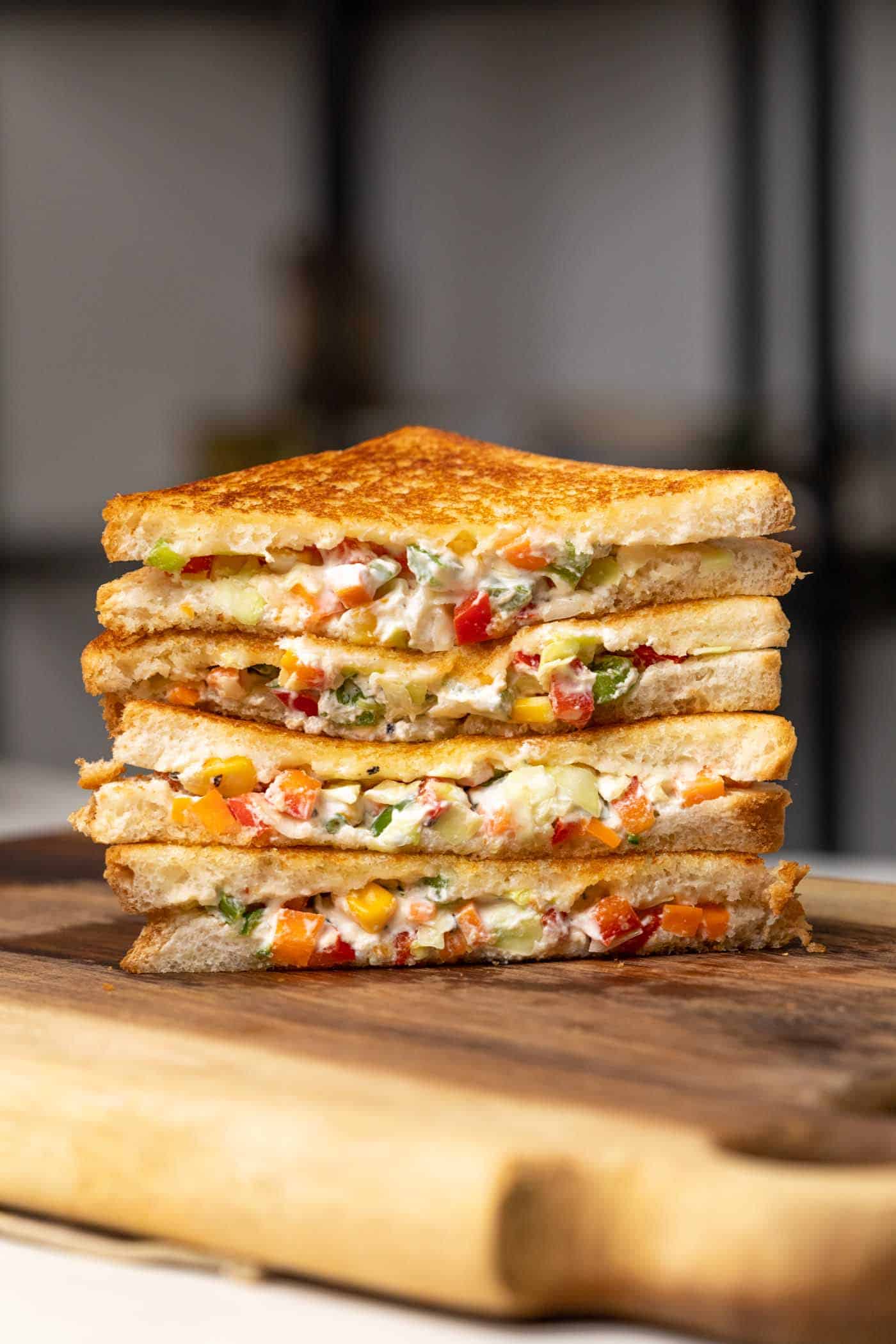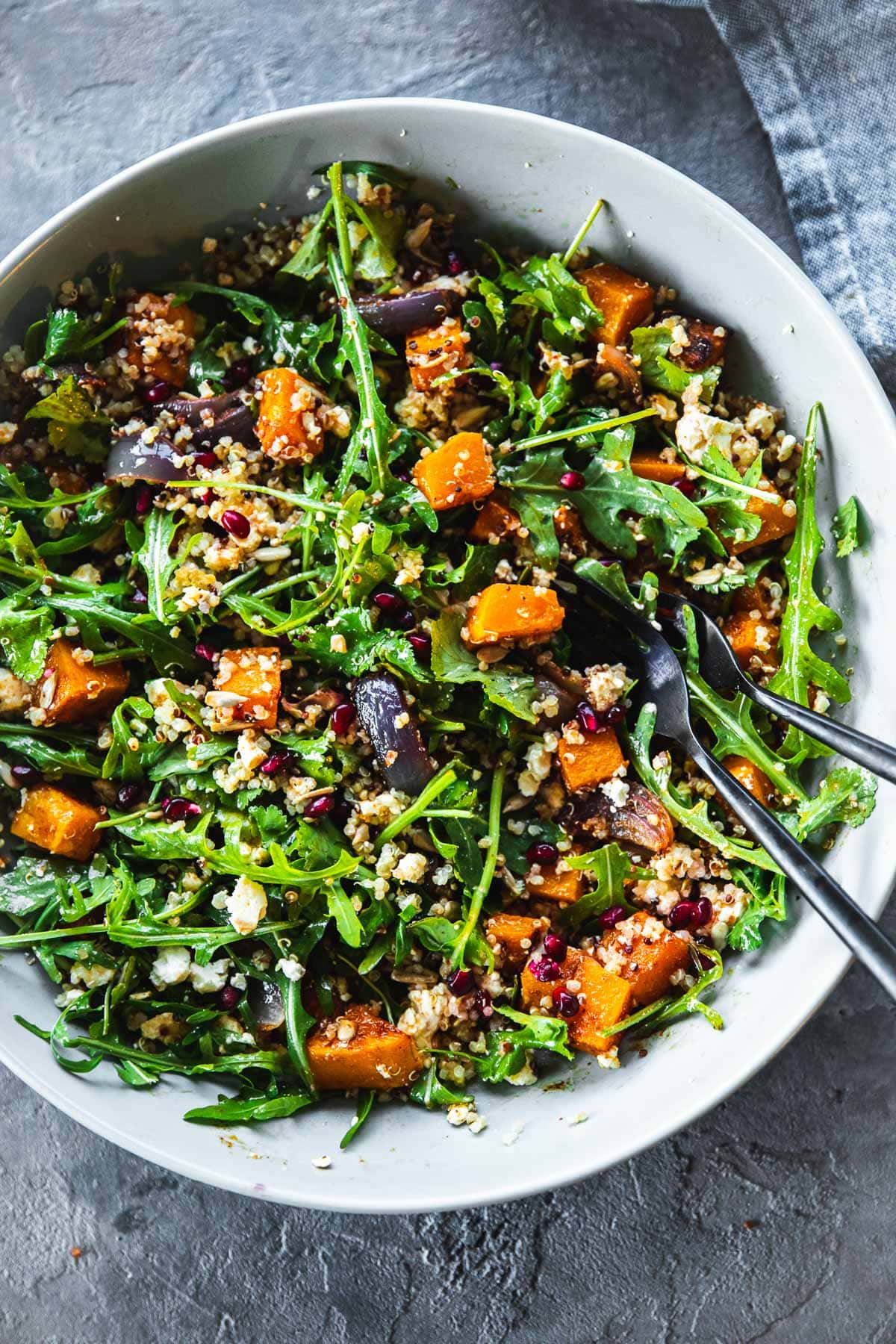How Singapore street food got recognized as a UNESCO treasure
Some civilizations chronicle their pasts with art or books. Others pass on history orally through folklore. In Singapore, the tale of how a humble fishing village in Southeast Asia evolved into a buzzing modern metropolis often comes in spoonfuls of peppery pork rib soup or bites of fried egg noodles at its hawker centers.
Across the city-state, the ubiquitous open-air food complexes are packed with closet-sized stalls, manned by hawkers—businesspeople who both cook and sell fare from Hainanese-style chicken to Peranakan laksa (lemongrass-coconut noodles). For visitors, hawker centers might just seem like jumbo food courts: Follow your nose or the longest line, then pay a few Singapore dollars for a trayful of chow to enjoy at a shared table.
For Singaporeans, hawker culture is about more than just a good meal. These food centers are beloved institutions exemplifying the country’s melting-pot culture, places where people of Chinese, Indian, and Malay descent gather, united in a quest to serve or eat something delicious.
Hawkers are so central to Singapore life that the country recently led a successful campaign to have the practice inscribed on the 2020 UNESCO Representative List of the Intangible Cultural Heritage of Humanity. Like the better-known UNESCO World Heritage Site designation, the nod promotes and preserves fragile culture, traditions, skills, and knowledge integral to a particular place.
The intangibles list has recognized homegrown music styles, festivals, crafts, and, yes, food, since 2003. To get on it, countries nominate and promote their cultural practices before a UNESCO committee weighs in on whether, say, Chinese shadow puppetry or Argentine tango merits a spot.
Here’s why Singapore street food made the list, and how the delectable hawker scene evolved along with the young country.
The growing pains of a new nation
When the British first established a trading post in 1819 in what was then known as Singapura, the indigenous Malay population hovered around 1,000. By the 1830s, thousands of Chinese—mostly men—emigrated here to trade and work in plantations and docks. They were joined by Indians, who came to do construction or serve in the military. This all increased the island’s population tenfold.
These workers needed quick, hearty meals, spawning a proliferation of itinerant hawkers selling comfort food—noodles, curries, skewered meats—from their home countries. Carrying baskets on poles balanced on their shoulders or pushing carts equipped with stoves, the hawkers peddled hot meals around town, stopping at various immigrant settlements.
“The satay man, usually Malay, would bring his skewers and peanut sauce to Chinese communities, just as the Chinese noodle man would appear in Indian-dominant enclaves,” says Lily Kong, author of Singapore Hawker Centres: People, Places, Food. This exposure to different cultures and traditional foods spawned Singaporean cuisine, a mishmash of ingredients and cooking techniques that came from all three predominant populations.
(Why does the U.S. have so many Chinatowns?)
By the early 20th century, the influx of hawkers was causing street congestion in the commercial areas near Raffles Place and the Chinese enclaves along Singapore River. Pedestrian corridors in the shophouses around the Rochor-Kallang River had become jammed with businesses and customers. “In the past, hawkers roamed the unpaved streets. Later, they tended to congregate, often in the open, by roadsides, with moveable carts and wares,” Kong says.
Unfortunately, the overcrowding made it hard to maintain proper hygiene. Discarded leftovers attracted rodents and bugs. A lack of running water led to unsanitary conditions. To organize the hawkers, the municipal government set up six temporary covered markets between 1922 and 1935. During World War II, Japanese occupiers allowed hawkers to continue plying their fare at these shelters.
After the war, unemployment was high, and many citizens turned to hawking. But the practice really began to thrive after the British granted Singapore its independence in 1965. The country was on the path to industrialization, but it had a public nuisance problem—widespread squatter colonies and slums and 25,000-plus itinerant hawkers who were littering the streets.
To deal with the housing shortage, the Singapore government created more “new towns,” away from the cramped city center. Each community would have high-rises, schools, medical clinics, parks, police stations, and hawker centers within walking distance of each other. Many street hawkers were relocated to these residential food halls, while others were offered spaces in hawker centers near factories, the port, and in the city center. “As Singapore industrialized, people needed to eat cheaply and meaningfully, because they didn’t have time to cook,” says local food consultant, photographer, and writer K.F. Seetoh.
A multicultural mix and modernization
To accommodate Singapore’s multiethnic population, the government made sure the markets and hawker centers included Malay, Indian, and Chinese stall owners, helping the city-state become more inclusive. “Hawker centers are likely the first places where people will try another [ethnic group’s] food,” says architectural and urban historian Chee Kien Lai, author of Early Hawkers in Singapore. “They’re open to everyone. You can get halal food or try Indian cuisine and get connected to different cultures and religions.”
While hawker centers in residential areas are basic, unassuming open-air food courts, the ones in the center city are often in charming or historic digs. Locals and tourists can dig into char kway teow (stir-fried flat rice noodles) at Lau Pa Sat, set in a Victorian building with an ornate clocktower, or try nasi lemak (coconut rice with multiple sides), at Geylang Serai Market, where the sloping roofs and geometric exterior decorations mimic old Malay architecture. At the seaside East Coast Lagoon Food Village, patrons snack on satays in open cabanas surrounded by lush landscaping.
An endangered food tradition
After Singapore’s rapid development in the 1970s and ’80s, there was an abrupt stop in the construction of hawker centers. “Everybody was concentrating on becoming a knowledge-based society,” says Seetoh. By the time the government returned to building new hawker centers in 2011, many people wondered if there were enough food entrepreneurs left to carry on the tradition.
Even though locals love eating at hawker centers, few are interested in running a stall themselves. “Many Singaporeans still regard hawkers as a low-level trade,” says Leslie Tay, author of The End of Char Kway Teow and Other Hawker Mysteries. “The challenge is how to get more young people to go into the profession.”
(Why Singaporeans eat eggs with jam for breakfast.)
A feast at a Singapore hawker center might include (clockwise from left): barbecue chicken wings with sambal belacan; lime-like calamansi juice; gingery Hainanese chicken rice; Hokkien mee, prawn noodles with spicy sambal on the side; and otah otah, fishcake wrapped in banana leaves and grilled.
That’s one of the reasons that, in 2019, Singapore’s National Heritage Board put the hawkers forward for UNESCO recognition. “It’s about more than the hawkers and their food,” says Seetoh, who worked on the campaign. “It’s about the government’s play, the private sector’s part, and people’s affinity for it.”
Seetoh created a kind of hawker Michelin Guide in 1998 called Makansutra (“makan” means eat in Malay), which rates food stalls with chopsticks instead of stars. In a bustling center with multiple vendors, Seetoh’s endorsement can propel a noodle man or satay woman to local stardom. He says a UNESCO designation would elevate the status of the hawkers worldwide.
Entrepreneurs and family traditions
The glass case in front of Habib’s Rojak is stacked high with fried fritters, potatoes, hot dogs, eggs, and tempeh in shades of orange from pale to florescent. Behind the stove, owner Habib Mohamed is busy cooking for and serving to an unrelenting line of hungry customers at the Ayer Rajah Food Centre in Singapore’s West Coast area.
A hawker prepares teh tarik—a traditional milk tea drink—on Baghdad Street. Served hot or cold, it is made by pouring the liquid back and forth between two vessels, which gives it a frothy top.
Mohamed has been up since 3 a.m., and won’t return home till 11:30 p.m., after he’s sold more than 200 plates of Indian rojak, a hot salad of fried fritters, cucumbers, shallots, and green chiles, doused in a spicy-sweet chile gravy. A second generation hawker, Mohamed, 29, took over his father’s business 10 years ago. “My father worked very hard to bring up the name Habib’s Rojak. I was sad seeing my parents tired and soaked in sweat,” he says. “As a son, it’s my duty to earn for them and let them rest.”
Mohamed started helping at his father’s stall at age six, peeling hardboiled eggs and potatoes on weekends. Mohamed thinks Habib’s Rojak succeeded due to his perfectionist father. “His recipes were made with lots of trial and error,” he says. “It took many tries before we found the perfect recipe.”
While some hawkers like Mohamed receive on-the-job training, others, including Douglas Ng, have to navigate the business on their own. A relative newbie, the 29-year-old earned a Michelin Bib Gourmand award in 2016 for his fish balls.
Though Ng got a diploma in engineering, he’d always wanted to be a chef and worked at several local restaurants before opening The Fishball Story in 2014 at the Golden Mile Food Centre in southern Singapore. “I had no intentions of becoming a hawker,” he says. “But it was the least expensive way to go into the food industry.”
Ng wanted to showcase his grandmother’s homemade fish balls—yellowtail tuna paste orbs served with noodles. “Of course, there’s no recipe,” he says, laughing as he recounts following his grandmother around her kitchen with a video camera to learn her secrets.
A dried food stand at Singapore’s Mayflower Market sells snacks and cooking ingredients.
When he started, Ng didn’t make any money at first, due in part to his strict reliance on his grandmother’s high-quality recipe. “I knew how to make a good product, but I didn’t know enough about the business aspect,” he says. Still, after working 20-hour days for a long time, Ng now has a fancier storefront in a shophouse and a line of seafood balls that he sells on his website.
Many younger hawkers have a more modern, profit-minded take on the industry. “Hawker centers are a good stepping stone for potential ‘hawkerpreneurs,’” Tay says. “Members of the older generation are easily content and would spend 50 years in one stall doing the same thing. The younger ones start with one stall with the vision to expand and even go into franchising.”
Preserving hawker heritage
Still, for both veterans and newer hawkers, challenges remain. The cost of labor has gone up, with the younger, better-educated generation put off by the long hours and physical work the field requires. As aging hawkers retire, few in their families want to pick up their spatulas. With no willing heirs to the family business, some stalls—and their recipes—risk extinction.
Historians and foodies hope that the UNESCO recognition will help raise the status of hawkers and inspire new cooks to join the fray. “We need to honor our hawkers,” says Tay. “We need to put them on a pedestal and make them our local cultural heroes.”
In 2020, the Singapore government launched new apprenticeship and incubation programs that pay veteran hawkers a stipend to teach newcomers their craft. First-time hawkers also receive deeply discounted rent in their first year or so. In the coming years, Singaporeans might start to notice more fresh faces behind the stalls, telling a different kind of story with their food.
“Just as the hawker centers we know today did not exist 50 years ago, there will continue to be evolutions,” Kong says. “There is no reason we should fossilize hawker culture as we know it today. But we would do well to distill its essence and retain the informal dining, community bonding, multicultural mixing, and access to all.”
Rachel Ng is a Los Angeles-based travel and food writer. Follow her on
Instagram.







